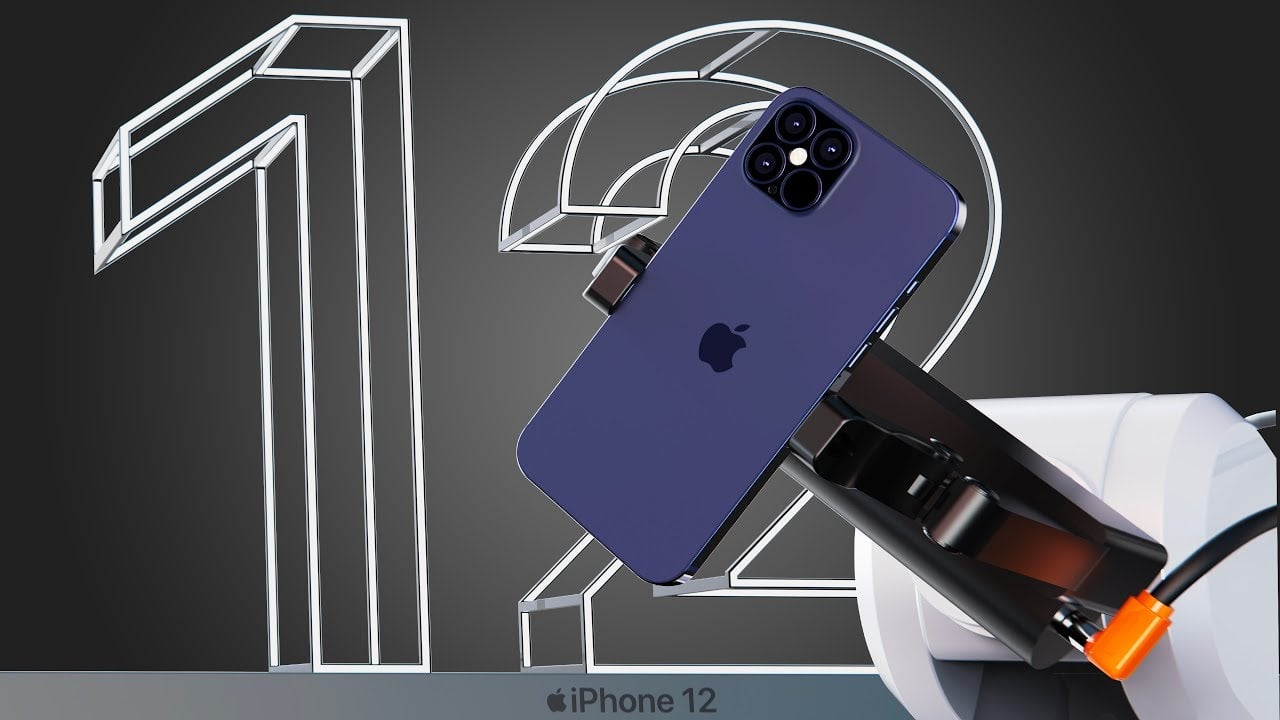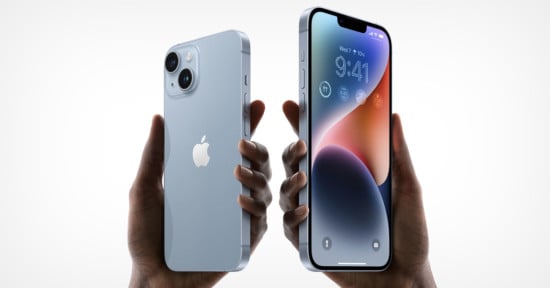The iPhone 15 Pro and Pro Max Review for Photographers
Apple’s iPhone 15 Pro and Pro Max bring a lot to the table across the board, from a gaming-ready chip, to USB-C, and — of course — photography. It is that last point where we are putting the emphasis, and this review is specifically for those of you who care about the iPhone as a camera.
I got an opportunity to test Apple’s latest devices fully, taking photographs around the San Jose area as well as back home in Calgary. This is my first time using an iPhone in any sort of serious capacity and my goal is to explain the Pro and Pro Max models leaning specifically toward photography.
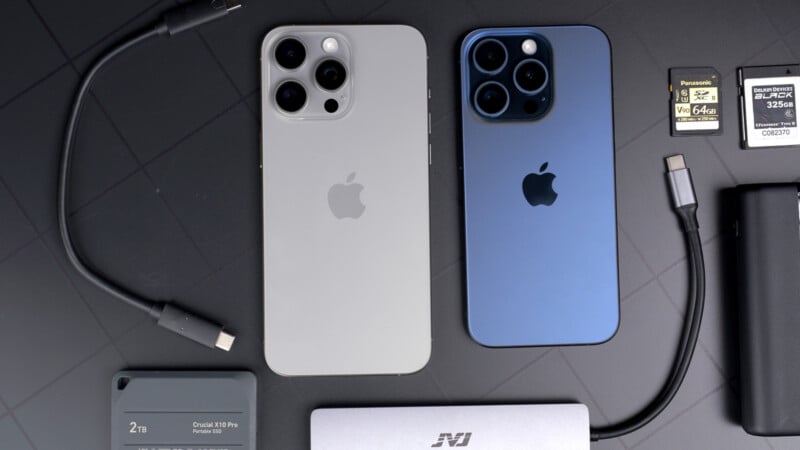
iPhone 15 Pro and Pro Max Review: How It Handles
Let me say that I typically dislike any smartphone when it comes to taking pictures. The handling is always dubious at best and there is the ever-present risk of dropping it while taking photos. Trying to shoot unique angles from above or below is inconvenient because of the lack of any tilt screen function and the only way to really improve the experience is to add a cage or case that can accommodate external hook-ups for monitors and audio, especially important for video applications. At this point though your setup is as bulky as a dedicated camera would be, eliminating the benefits of the smartphone form factor.

All phones suffer in this regard though, and the beauty of any smartphone as a camera is the supreme take-it-anywhere convenience. So how does the iPhone 15 Pro handle?
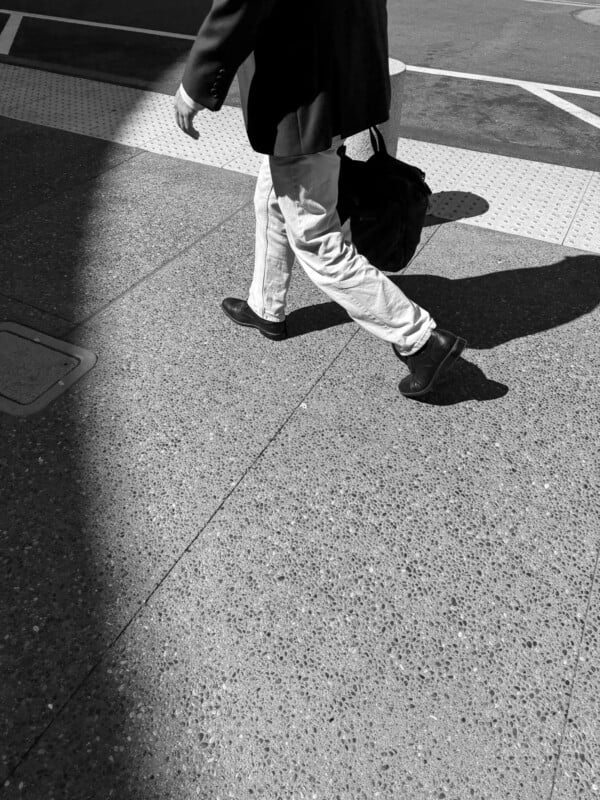
Both the iPhone 15 Pro and Pro Max now have a titanium frame which does reduce weight by about 50 grams. It may not be a huge difference but it’s always a welcome one and it helps to offset the larger size of the Pro Max model. Both phones have a similar OLED panel to the previous iPhone 14 Pro models, providing adaptive refresh rates of up to 120Hz but they double the brightness, going up to a peak of 2,000 nits. The screens are way brighter than my current phone and I found them easy to compose with even in the bright Californian sun.
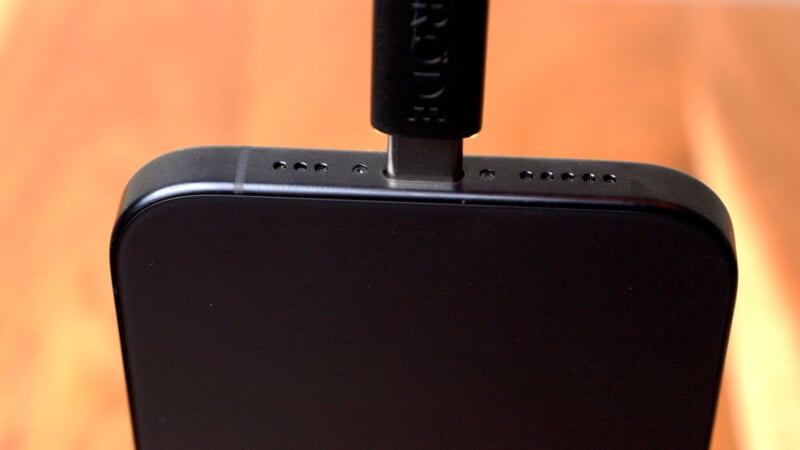
The Pro and Pro Max have screen sizes of 6.1 and 6.7 inches, respectively. Although the titanium frame and thinner bezels of the screens reduce the size of both phones slightly, the difference between the 14 Pro and Pro Max is only about one millimeter. What I did find to be a more measurable improvement was the new customizable button replacing the silent switch. Setting this to operate the camera allowed me to almost instantly have it ready to shoot, and then I simply used the same button to start shooting. For quick grab shots on the street, this was very handy.

From a speed standpoint, the new A17 processor can handle sequential RAW files with minimal delay. I was able to shoot with very little waiting in between 48-megapixel RAWs or HEIFs. I noticed a slight speed increase even from the iPhone 14 Pro and I never felt like the 48-megapixel modes kept me from missing my timing.

iPhone 15 Pro and Pro Max Review: The Seven Deadly Lenses
Both the iPhone 15 Pro and Pro Max advertise having seven lenses. Of course, only three cameras are on the phones and the other lenses are field of view (FOV) changes. Apple states the seven lenses as a Macro, the 13mm Ultra-wide f/2.2, the 24mm f/1.78 main camera, a 28mm and 35mm FOV shift from that main camera, the 2x 48mm equivalent FOV from the previous iPhone, and finally either the previous 77mm f/2.8 from the iPhone 14 Pro or the new 120mm f/2.8 which comes on the iPhone 15 Pro Max only.

It’s important to understand that with the exception of the 120mm lens on the Pro Max, we have seen all this camera hardware before in the iPhone 14 Pro. Although Apple states that the new phones have updated coatings I didn’t notice much — if any — difference between the 14 Pro and 15 Pro models. Don’t get me wrong, flare is well-controlled. I just didn’t see much improvement when shooting toward bright sources of light.

The new exciting lens is the 120mm f/2.8 on the Pro Max and I certainly enjoyed the new focal length for portraits and the occasional shot at a distance. The optical stabilization unit does a good job of allowing for stable hand-held shots, although image quality-wise, it’s very similar to the 77mm f/2.8 lens on the 15 Pro. The tele cameras are 12-megapixels, and due to the relatively small sensors inside, they suffer from some noise, especially in darker situations. The only appreciable differences between the iPhone 15 Pro and Pro Max are the screen size and which telephoto camera you get, so those should be your main deciding factors.

I was very skeptical about the 28mm and 35mm “lenses” that are incorporated into the main camera. Make no mistake, these are digital crops. However, unlike the 48mm FOV which is relegated to only 12-megapixels, the new 28mm and 35mm FOVs combine a 48mm detail shot into the image capture and compilation process. This gives you a 24-megapixel image which is very similar to the 24mm main camera’s standard output.
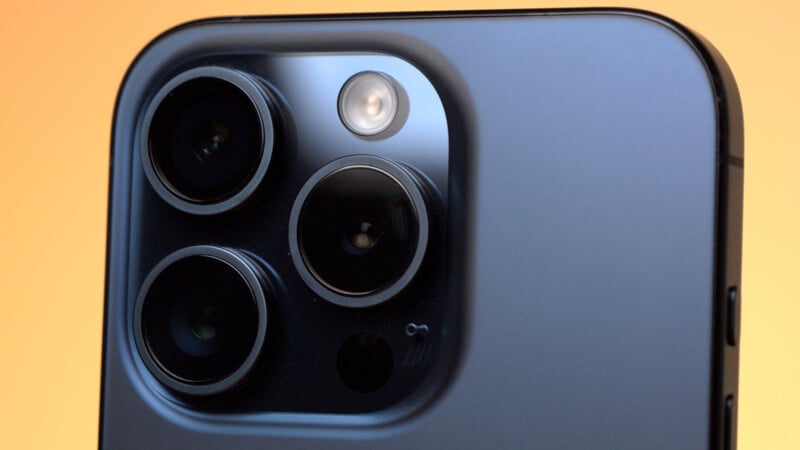
Because of this, despite the main camera cropping in to give these different lens options, I found the images to have excellent detail and were very usable in real-world situations. I quite enjoyed having the extra options for compositions and would use them far more often than the 48mm lens.
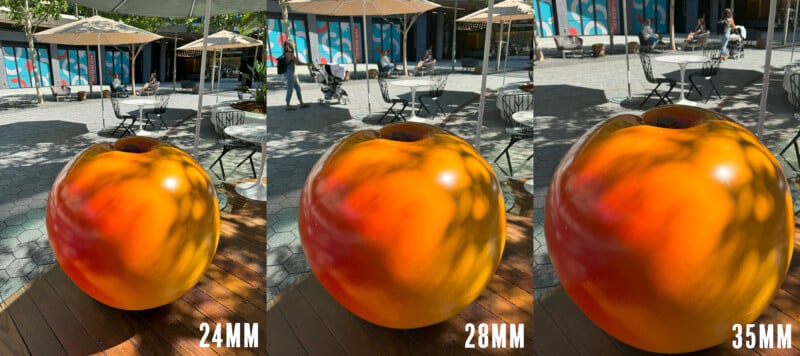
iPhone 15 Pro and Pro Max Review: Image Quality Results
With the cameras largely being the same ones we’ve seen before, the concrete image quality changes are thanks to the new A17 processor. I love that the shallow depth-of-field effect of Portrait mode can now be a decision deferred until after the photo is taken. More importantly, though is that the transition from in focus to the background is far more natural looking.

Strange haloes around the face and issues with whispy bits of hair are handled much more realistically than we’ve seen before. The new 120mm lens still doesn’t give a very shallow DOF effect on it’s own so it’s nice to see real improvements to the Portrait mode.

In addition to the 48-megapixel Apple Pro RAW file, we now have a 48-megapixel HEIF as well. I like the detail we get in this new file when we don’t necessarily want to push and pull exposure in post. Dynamic range is handled well too, but it is not pushing the file to fill the potential of HDR displays. It’s a good choice when you want a high-resolution file that takes up very little storage space and when you have the intent to share the file on standard displays.

In my opinion, the real big change is the new 24-megapixel HEIF files. You can only get these images with the Main camera in either the 24mm, 28mm, or 35mm fields of view. However, these files make full use of the HDR color space and combine a 48-megapixel file using Apple’s Photonic engine to give it effectively double the megapixels over the previous iPhone 14 Pro camera.
The main significance is that this is the new file type that the majority of users will be shooting and the extra detail is absolutely noticeable. If the intended home for a finished image is social media, perhaps the benefits will be minor but for any situation where you want to crop in tighter, display on a larger screen, or be able to zoom in while viewing the file, the advantage is clear. Going forward, I think many users will appreciate the benefits of this new format and that they will get three different FOVs to use it with.

Lastly, the Night mode has been revamped to make use of a full 16-bit color space when compiling its images together. In practical terms, the amount of noise, brightness of the exposure, and operation of the Night mode will be similar to the iPhone 14. Where we see a benefit is in the fidelity of the color and the range of tones that are captured. Tonality is improved and the accuracy of the color is more realistic, though I find the images from Night mode to still look somewhat over-processed. File sizes are still 12-megapixels in Night mode and you still have some control over how long you can set the exposure times. Most users will find their night shots similar to what’s come before, albeit with a nicer range of tonality and color.

iPhone 15 Pro and Pro Max: A More Refined Camera Experience
It’s easy to write off the iPhone 15 Pro and Pro Max as being marginal improvements over the iPhone 14 Pro that came before. Similar cameras, similar screens, and similar batteries are to be found. A few tweaks to the photo-taking experience and a new button don’t seem like huge additions, but they are thoughtful changes.
Yet, what I think we should focus on is the changes to the shooting experience brought about by the A17 processor. Everything about the Main camera image quality has been improved and any of the features you would use like Portrait mode or Night mode are also better, regardless of what camera you use. Everything feels faster, sharper, and cleaner.
Being that this is my first experience using an Apple iPhone for photography I found the experience to be very enjoyable as smartphones go. I was expecting to have more issues utilizing the camera module given my extensive background with Android phones but everything was easy to set up, at least as far as smartphone photography goes. I found the image quality to be the best compared to what I am using now, but I’m eager to see how the iPhone 15 Pro and Pro Max will compare to the new Google and Samsung phones. No matter what, there is no denying that the new iPhone 15 Pro and Pro Max are capable and enjoyable picture-takers.
Are There Alternatives?
I feel like the soon-to-be-released Google Pixel 8 Pro will be the main competitor to the iPhone 15 Pro and Pro Max. In most situations though, the phone ecosystem you go with will be the one you’ve already been using. The standard iPhone 15 is an option but I feel like the Pro versions bring quite a bit more to the table. An older iPhone 14 Pro would be a decent move if your goal is to keep costs down.
Should You Buy It?
Yes, especially if it has been a couple of years since you last upgraded. If you’re coming from an iPhone 14 Pro, the improvements are less impactful but for those coming from an iPhone 13, this is a very worthwhile upgrade. From a strictly photographic standpoint, it’s the best Apple has to offer.
Update 9/19: The original review called the screen on the iPhone 15 Pro and Pro Max an LCD, when it is in fact an OLED. We apologize for the error.
